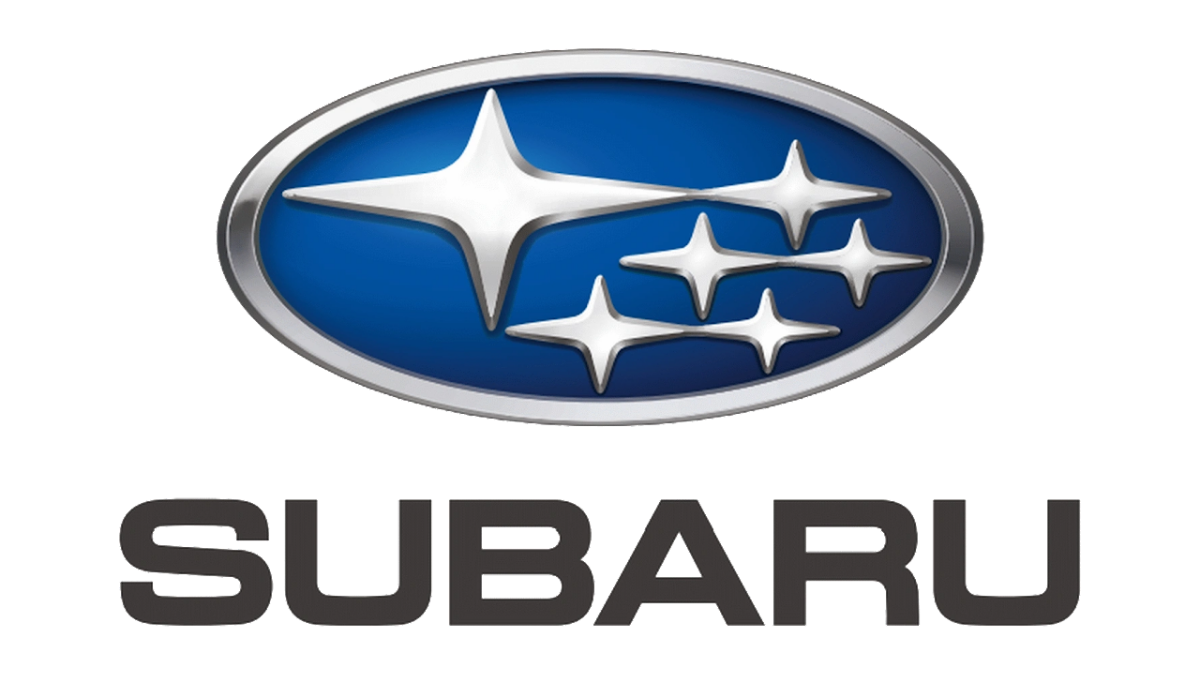Ignition Barrel Repair: A Comprehensive Guide
An ignition barrel is an essential part of any car's ignition system. It is the part of the ignition lock that houses the key cylinder, which connects with the car's electrical system to start the engine. Gradually, wear and tear, along with ecological aspects, can cause issues with the ignition barrel. This short article will delve into ignition barrel repair, dealing with common issues, repair treatments, and useful ideas to make sure a smooth procedure.
Understanding the Ignition Barrel
The ignition barrel is typically referred to as the ignition switch or ignition lock. Located on the guiding column or dashboard, it is the part where the key is placed. It has a number of functions, consisting of:
- Activating the electrical system: When the key is turned, it connects the battery to the ignition system.
- Beginning the engine: It makes it possible for the starter motor to crank the engine.
- Allowing accessory power: It enables the usage of electrical components when the ignition remains in the 'ACC' position.
Since of these important functions, any breakdown in the ignition barrel can render a vehicle inoperable.
Common Issues with Ignition Barrels
Several problems can arise with ignition barrels, leading to the requirement for repair. Some of the most prevalent issues consist of:
- Key getting stuck: This is frequently brought on by internal wear or misalignment within the ignition barrel.
- Trouble turning the key: Dirt and particles accumulation or harmed components can impede key function.
- Electrical failure: A faulty ignition barrel can stop electrical components from getting power.
- No response when the key is turned: This may suggest a failed ignition switch or a damaged connection.
Steps for Repairing Ignition Barrels
Repairing an ignition barrel needs a methodical approach to guarantee security and correct performance. Below are the actions to follow:
Tools and Materials Needed
Before beginning the repair procedure, gather the following tools and materials:
- Flathead and Phillips screwdrivers
- Replacement ignition barrel (if essential)
- Lubricant
- Wrench set
- Electrical contact cleaner
- Adhesive or sealant (if needed)
- Safety goggles and gloves
Repair Procedure
Preparation:
- Disconnect the automobile's battery to avoid electrical shock or unintentional ignition during repairs.
Eliminating the Steering Wheel (if needed):
- Some cars may need elimination of the guiding wheel to access the ignition barrel.
- Utilize a socket set to eliminate the guiding wheel nut and carefully detach the wheel.
Eliminate the Ignition Column Cover:
- Use the proper screwdriver to get rid of screws securing the guiding column cover and carefully pry it away.
Access the Ignition Barrel:
- Locate the ignition barrel, which is typically held in location by bolts or screws.
- Get rid of any protective covers if required.
Examine the Ignition Barrel:
- Examine the cylinder and internal elements for wear, debris, or damage.
- Check for any damaged connections that might need repair.
Cleaning up and Lubrication:
- Use electrical contact cleaner to get rid of dirt and grime from the ignition barrel.
- Apply a little quantity of lube to the moving parts to ensure smooth operation.
Replace the Ignition Barrel (if required):
- If the barrel is considerably damaged, it may be best to replace it.
- Remove the damaged ignition barrel, keeping in mind of the electrical wiring connections.
- Set up the brand-new ignition barrel by connecting the wires and protecting it in location.
Reassemble the Steering Column:
- Replace any covers or components that were gotten rid of, ensuring all screws are tightened appropriately.
- Reattach the steering wheel if it was removed.
Reconnect the Battery:
- Once whatever is safely reassembled, reconnect the automobile's battery.
- Testing:
- Test the ignition barrel by placing the key and attempting to begin the lorry.
- Guarantee all functions work correctly, consisting of accessory power and beginning.
Upkeep Tips for Ignition Barrels
Preventive upkeep can help extend the life of an ignition barrel:
- Regular Cleaning: Periodically clean the ignition barrel to get rid of particles and avoid sticking.
- Use Quality Keys: Avoid using bent or worn keys, as this can stress the ignition barrel.
- Limit Excess Force: Do not force the key if it gets stuck; this could trigger internal damage.
- Expert Inspection: Have the ignition barrel inspected throughout regular maintenance checks.
Frequently Asked Questions about Ignition Barrel Repair
1. How do I know if my ignition barrel requires repair?
- If you experience problem starting your car, the key gets stuck, or there is no power to the ignition system, it may be time for a repair.
2. Can I repair an ignition barrel myself?
- Many repairs can be done at home with fundamental tools, but if you are uncertain, it might be best to consult a professional.
3. Just how much does ignition barrel repair cost?
- Expenses differ based upon the lorry make and model, and whether parts need to be replaced. Car Ignition Repair Near Me might cost in between ₤ 100 to ₤ 300, while replacing the ignition barrel can run higher.
4. What are the threats of not repairing a malfunctioning ignition barrel?
- Overlooking ignition barrel issues can lead to being stranded, potential lockouts, or even electrical failures that can affect other car systems.
5. How long does an ignition barrel repair take?
- Repairs can typically be finished in one to two hours, depending on the complexity of the issue and availability of the barrel.
Repairing an ignition barrel is a crucial upkeep job that makes sure the trusted performance of a vehicle. By comprehending the common problems related to ignition barrels and following a methodical repair procedure, car owners can preserve their automobiles more efficiently and prevent additional complications. Routine maintenance and prompt attention to ignition barrel concerns can make an essential distinction in ensuring a smooth and continuous driving experience.

